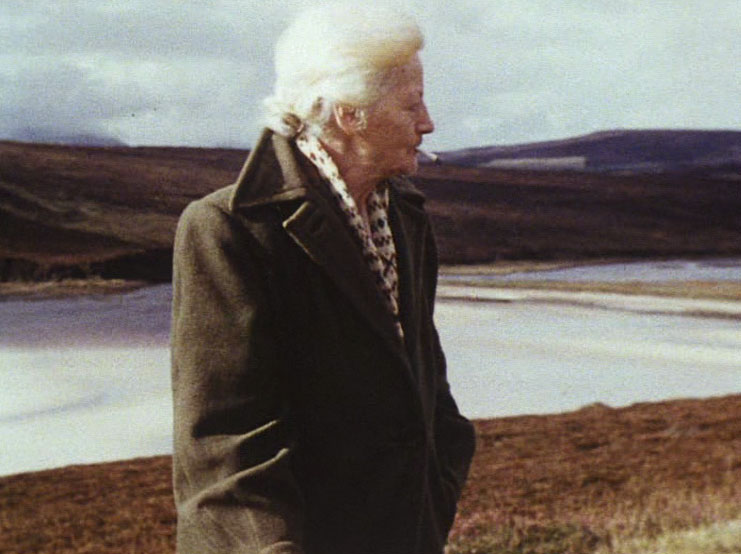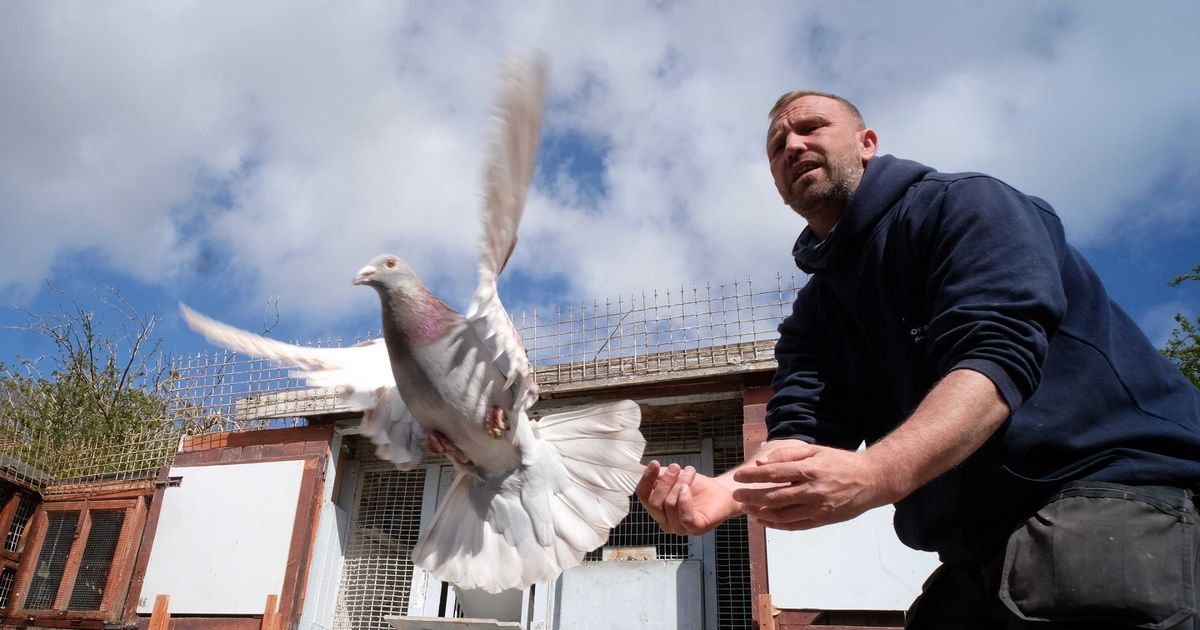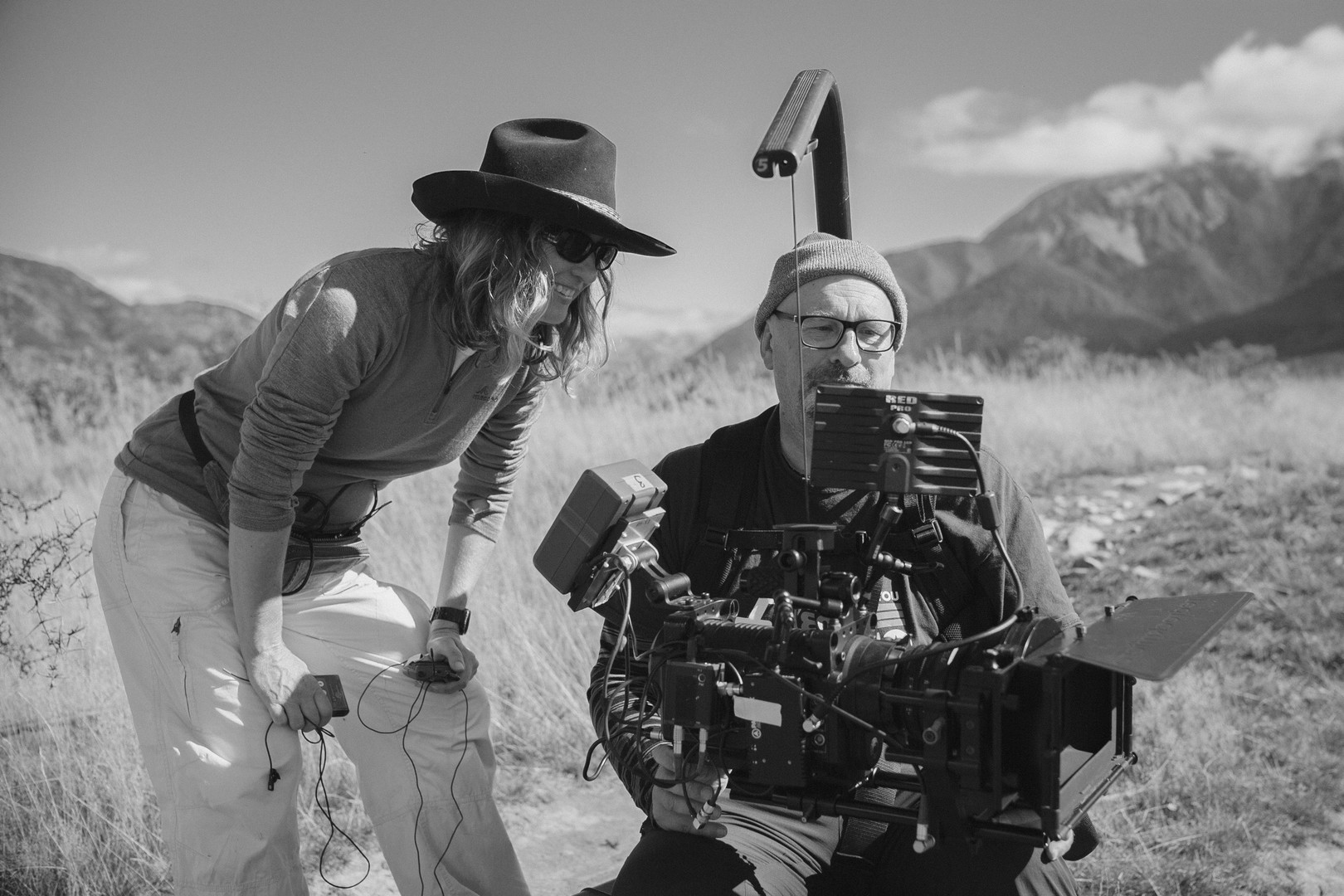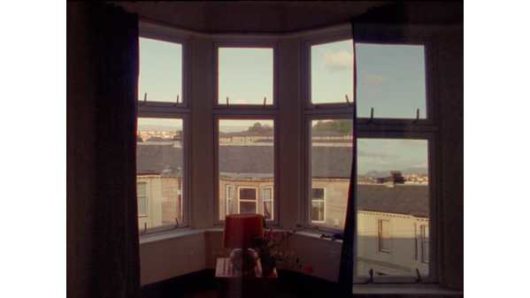Thoughts on Documentary Films
Representing The RealAs the first post for this new semester, I will be documenting my thoughts on four documentary films recommended to us as part of the module ‘Representing The Real’.
The thoughts written below are in a question-and-answer format to the following questions:
a) What have you learned about each character? Did the film have a clear focus? Could you see evidence of research? How was the character represented?
b) What have you learned about the relationship between the character and filmmaker?
c) What would you have done differently?
Portrait of Ga (Margaret Tait, 1952)
Ga is a free-spirited woman, seen roaming the countryside with a cigarette in her mouth. As careless as she comes across, she has a weathered hardness to her in both appearance and stature. The short film is almost like a collection of memories strung together by one commonality – Ga. We see how she lived her life through commonplace mundanities. It isn’t clear there was much research conducted as there isn’t one specific aspect of Ga that is being represented, but instead an entire portrait.

It is evident there is fondness and love between Ga and the filmmaker, Margaret Tait, as they are family. Tait is able to capture endearing idiosyncrasies and small fleeting moments, as she recounts Ga as a person and how she is intertwined with the landscape of the Orkney Islands.
I would’ve liked to hear Ga, if only to know what she sounded like. I don’t think the absence of Ga speaking detracted from the film, as she is humanised through the narrative voiceover of her daughter.
Pigeon Seduction (Lisa Peterson and Nicky Spears, 2018)
Pigeon Seduction follows James, an avid pigeon enthusiast and ‘doo flyer’, as he shows his pigeons and retells stories of what doo flying used to be as he was growing up. He is clearly devoted to the pigeons and sport, as he seems distraught at the decline in the keeping of pigeons. Personally, I think the focus of the film is not necessarily the pigeons themselves, but the community and family ties to it. Research was evidently done in order to find and navigate the niche community and ask thought-provoking questions.

The filmmakers have a keen interest in the pigeon-enthusiast community, evidenced by their interviewing and willingness to explore a new world.
I wanted to see the actual doo flying. That’s all.
Same But Different (Louise Leitch, 2016)
Same But Different is a story of two best friends of several decades, Neil and Byron, and how their relationship is forced to make a transition with the revelation that Byron is a transgender woman. Byron feels liberated and freed by her new identity; one which she has always wished to be identified as, whereas Neil feels grief and a sense of mistrust at the loss of his friend as he knew it. The film focuses on the emotions of the two, as they seek to reconcile and rebuild a friendship fundamentally altered.

The filmmaker is not present within the film in any way. It is shot objectively and as if by someone who hasn’t know either Byron or Neil for long. This style of shooting creates an observational feel.
The misgendering is uncomfortable, but I appreciate Neil isn’t ready to fully accept his best friend is now a woman. I just feel his use of male pronouns over female when referring to Byron should’ve been acknowledged or at least questioned.
Lester (Luke Fowler, 2008)
There’s no characters present in the short film. The only character, arguably, is the tenement flat itself. I wasn’t sure what the focus of the film was meant to be, other than to show how the flat changed with each occupancy and time. I’m sure some aspect of research was done, but I’m not sure what that would entail.

The filmmaker shoots the tenement flat in a visually abstract way, layering footage, panning to create a blur, use of overlays… It’s very artistic, whilst not appearing to say anything at all. Maybe it’s me that’s missing something…?
I feel like there’s a lack of set-up. Why are we in this tenement flat? Who lives here? What is the significance of all of the books and belongings we’re shown? It feels like we’ve been thrown into the middle of a story and expected to make sense of unfamiliar surroundings.